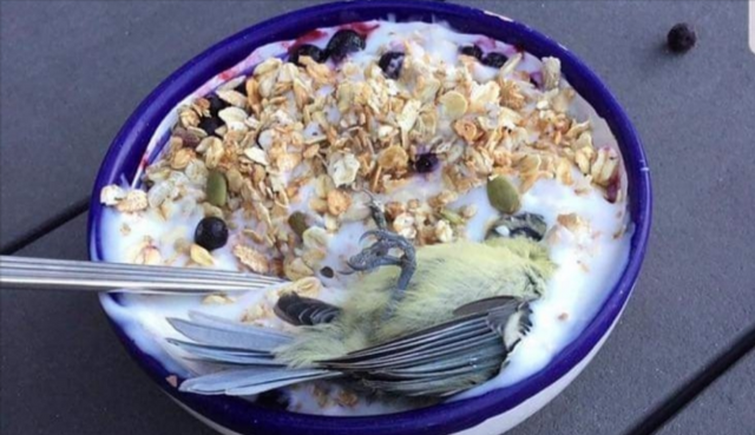See other National News Articles
Title: Breakfast Cereals Scrutinized For Pesticide That May Harm Reproduction
Source:
[None]
URL Source: https://www.zerohedge.com/political ... esticide-may-harm-reproduction
Published: Apr 20, 2024
Author: Tyler Durden
Post Date: 2024-04-20 06:58:20 by Horse
Keywords: None
Views: 228
Comments: 3
Authored by Sina McCullough via The Epoch Times Imagine starting your day with a bowl of cereal that could be silently affecting your family’s health. Recent studies show that chlormequat, a pesticide linked to reproductive issues, has been found in popular breakfast cereals like Quaker Oats and Cheerios. As this substance infiltrates the American food supply, the potential risks to our health and future generations loom larger, raising urgent questions about the safety of our everyday food choices. In a study published in the Journal of Exposure Science & Environmental Epidemiology on Feb. 15, 2024, researchers revealed alarming findings regarding the prevalence of chlormequat. Chlormequat was detected in the urine of 4 out of 5 people or 80 percent of Americans tested. Additionally, 92 percent of oat-based foods tested contained chlormequat, including Quaker Oats and Cheerios. This study—the first to report urinary chlormequat measurements in adults living in the United States—highlights the possible widespread presence of chlormequat and the necessity for transparency and further investigation into potential health implications for consumers. (Anna Hoychuk/Shutterstock) What Is Chlormequat? Chlormequat, widely known in the salt form as chlormequat chloride, is an agricultural chemical first registered in the United States in 1962 as a plant growth regulator. Plant growth regulators are chemical substances employed to control and regulate plant growth, flowering, and fruit yield, according to a 2006 study in the International Journal of Andrology. Chlormequat application in grain crops results in reduced stem height, thereby minimizing the occurrence of lodging (bending over), which can reduce the efficiency of the harvesting process. Chlormequat is the world’s most common plant growth regulator according to a 2020 study published in Toxicology. “Chlormequat is often the most detected pesticide residue in grains and cereals, as documented by monitoring surveys spanning several years,” according to the 2024 study. It is approved for use in Europe and parts of North America. In the United States, chlormequat is permitted exclusively for use on ornamental plants and is prohibited for application on food crops grown within the country. Therefore, the presence of chlormequat in Cheerios and other oat-based foods sold in the United States raises questions regarding its introduction into the food supply chain. How Did Chlormequat Enter the US Food Supply? In April 2018 the United States Environmental Protection Agency (EPA) allowed chlormequat into the food supply by establishing acceptable food tolerance levels for chlormequat chloride in imported oats, wheat, barley, and select animal products. This action allowed for the importation and sale of those agricultural products even if treated with chlormequat. Consequently, U.S. consumers may unknowingly be ingesting tainted imported foods—potentially exposing themselves to chlormequat or its residues.
Post Comment Private Reply Ignore Thread
Top • Page Up • Full Thread • Page Down • Bottom/Latest
Begin Trace Mode for Comment # 3.
#1. To: Horse (#0)
Good news...the pesticides in my breakfast cereal kills off the bird flu in the milk...
A+ on the pic. Good job.
Just the usual flotsam and jetsam one might expect to find on the interwebs...but timely...when the powers that be want us to be scared of breakfast...malnourished and sickly.
There are no replies to Comment # 3. End Trace Mode for Comment # 3.
Top • Page Up • Full Thread • Page Down • Bottom/Latest
#2. To: watchman (#1)
#3. To: Esso (#2)
the pic
Replies to Comment # 3.
